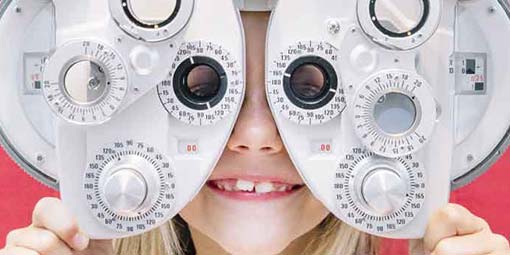Anterior Ischemic Optic Neuropathy (AION) - Symptoms, Causes and Treatment
07-04-2024
What is Anterior Ischemic Optic Neuropathy (AION)?
Anterior Ischemic Optic Neuropathy (AION) is a medical condition that affects the optic nerve, which is responsible for transmitting visual information from the eye to the brain. AION occurs when there is a lack of blood flow to the optic nerve, leading to damage and potential vision loss. This condition typically presents with sudden, painless vision loss in one eye and can be classified as either arteritic AION or non-arteritic AION. Proper diagnosis and management of AION are crucial in preserving vision and preventing further complications.What Are The Causes Of Anterior Ischemic Optic Neuropathy (AION)?
Anterior Ischemic Optic Neuropathy (AION) occurs when there is a sudden decrease in blood flow to the optic nerve head, resulting in damage to the nerve fibers. This lack of blood flow can be caused by various factors such as inflammation, autoimmune diseases, or blood vessel disorders. Additionally, certain medications or medical procedures can also contribute to the development of AION. Ultimately, the underlying cause of AION can vary from person to person, making it important for individuals to seek medical attention to determine the specific factors contributing to their condition.What Are The Risk Factors For Anterior Ischemic Optic Neuropathy (AION)?
There are several risk factors associated with Anterior Ischemic Optic Neuropathy (AION). These include older age, hypertension, diabetes, smoking, and certain medical conditions such as giant cell arteritis and sleep apnea. Additionally, individuals who have had a previous episode of AION in one eye are at higher risk of developing it in the other eye. It is important for individuals with these risk factors to be aware of the potential for AION and to consult with their eye care provider for regular eye exams and monitoring.What Are The Symptoms Of Anterior Ischemic Optic Neuropathy (AION)?
Symptoms of Anterior Ischemic Optic Neuropathy (AION) typically include sudden, painless vision loss in one eye. Patients may experience blurred or distorted vision, as well as a dark spot or shadow in the center of their visual field. Some individuals may also notice a decrease in color perception or have difficulty seeing objects clearly. In severe cases, patients may have complete loss of vision in the affected eye. It is important to seek immediate medical attention if you experience any of these symptoms, as prompt treatment is crucial in preserving vision.How is Anterior Ischemic Optic Neuropathy (AION) Diagnosed?
Anterior Ischemic Optic Neuropathy (AION) is typically diagnosed through a comprehensive eye examination conducted by an optometrist or ophthalmologist. During the examination, the healthcare provider will review the patient's medical history, including any risk factors that may contribute to the condition. The doctor will also perform a series of tests to assess visual acuity, visual field, color vision, and the appearance of the optic nerve. One of the key diagnostic tools used to confirm AION is optical coherence tomography (OCT), which provides detailed images of the optic nerve and can help identify signs of damage or swelling. Additionally, a fluorescein angiography may be performed to evaluate blood flow in the optic nerve head. Overall, a thorough evaluation is essential to accurately diagnose AION and develop an appropriate treatment plan.How is Anterior Ischemic Optic Neuropathy (AION) Treated?
Treatment for Anterior Ischemic Optic Neuropathy (AION) typically focuses on managing the underlying conditions that may have contributed to the development of the condition. In cases where AION is caused by conditions such as giant cell arteritis, treatment may involve medications such as corticosteroids to reduce inflammation and improve blood flow. In cases where AION is caused by conditions such as high blood pressure or diabetes, managing these conditions through lifestyle changes and medication may help improve blood flow to the optic nerve. In some cases, surgical interventions such as optic nerve sheath fenestration may be considered to relieve pressure on the optic nerve. Overall, the goal of treatment for AION is to preserve remaining vision and prevent further damage to the optic nerve.Is There A Cure For Anterior Ischemic Optic Neuropathy (AION)?
Unfortunately, there is currently no known cure for Anterior Ischemic Optic Neuropathy (AION). However, treatment options are available to help manage the condition and prevent further vision loss. It is important for individuals with AION to work closely with their healthcare provider to develop a treatment plan that is tailored to their specific needs and to monitor their vision regularly to ensure that any changes are addressed promptly. While there is no cure for AION, early detection and treatment can help improve outcomes and preserve as much vision as possible.How Can Anterior Ischemic Optic Neuropathy (AION) Be Prevented?
While there is no guaranteed way to prevent Anterior Ischemic Optic Neuropathy (AION), there are some steps individuals can take to potentially lower their risk. Maintaining a healthy lifestyle that includes regular exercise, a well-balanced diet, and management of underlying health conditions such as diabetes and high blood pressure can help to reduce the risk of developing AION. Additionally, regular eye exams with an optometrist can help detect any potential issues early on and allow for timely intervention if necessary. It is important to discuss any concerns or changes in vision with your eye care provider to ensure optimal eye health and overall well-being. Schedule An Appointment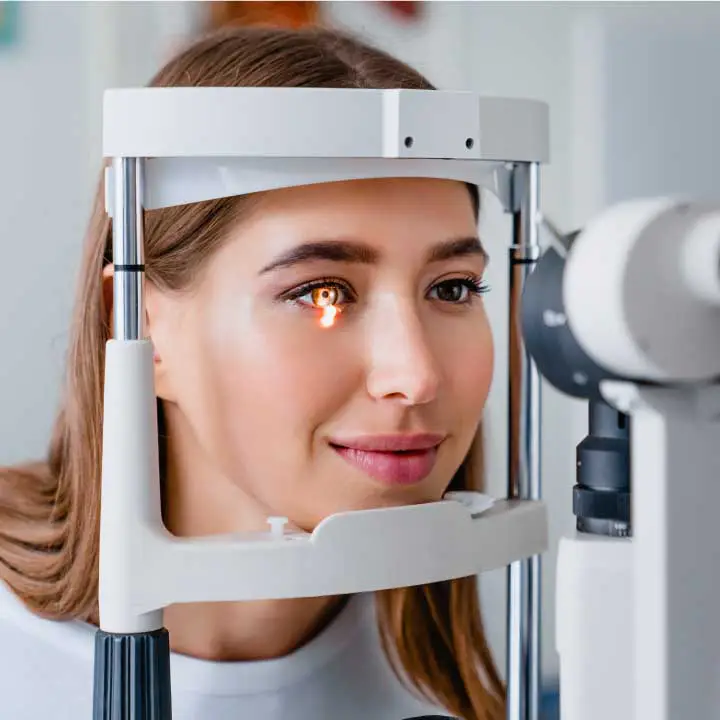
Adult Eye Exams
Our advanced eye exams consist of 25+ modern tests and digital scans to assess eye health, function, and visual acuity.

Child Eye Exams
Give your child a clear future with an annual eye exam from our experienced Edmonton optometrists.

Senior Eye Exams
Maintain your vision through your golden years with gold standard eye care from the optometrists at our Edmonton eye clinic.

Contact Lens Eye Exams
Our eye exams for contact lens wearers include test and digital scans to assess eye health, function, visual acuity, and lens fit.
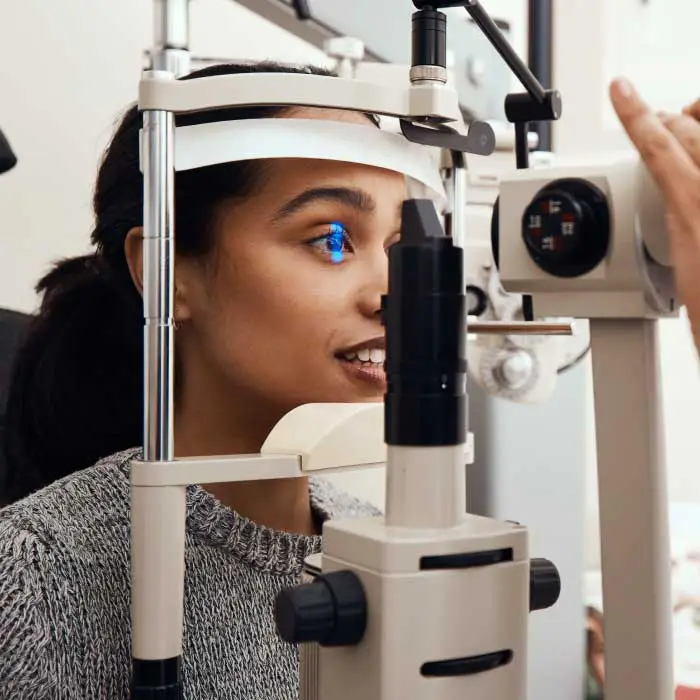
Diabetic Eye Exams
Managing diabetes requires regular eye exams to ensure that diabetes is not causing irreversible vision loss.
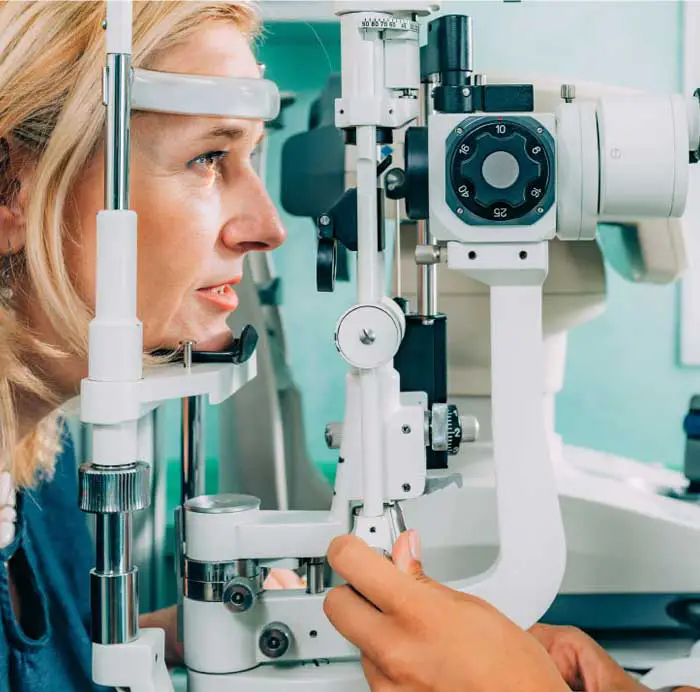
Dilated Eye Exams
Dilating the eyes enables our Edmonton optometrists to see more of the eye so that you many never see less.
Our Edmonton Eye Exams Are Comprised Of 4 Phases Of Evaluation
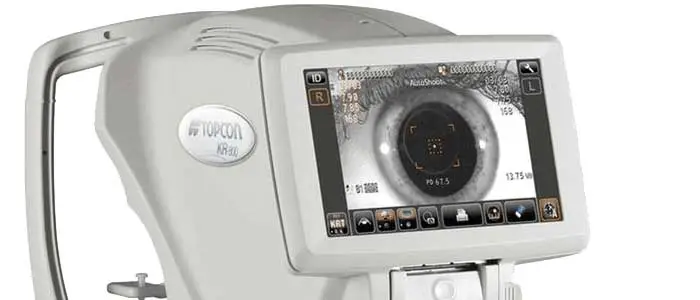
1. Eye Exam Pre-Testing
Corneal Thickness | Intraocular Pressures | Visual Field
Pre-testing is a detailed process that gathers all necessary information for the optometrist in advance of the optometrist-administered eye examination. This process involves completing a detailed patient history, as well as a series of standard tests. Pre-testing is an essential part of the comprehensive eye exam process, providing valuable information and visuals for both the optometrist and the patient.
More About Pre-Testing »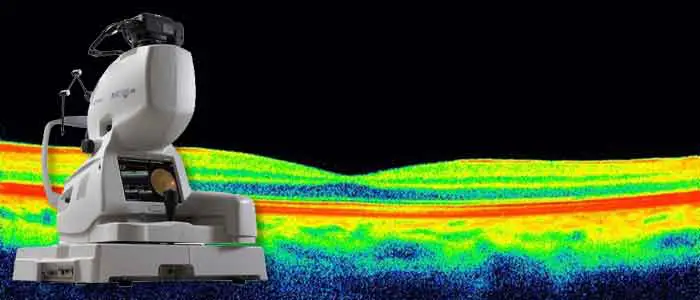
2. Advanced Diagnostic Testing
Retinal Photography, OCT, Topography
eye-deology Vision Care differentiates itself from other clinics by having the most advanced modern diagnostic specialty testing equipment. Specialty equipment, such as a wide-angle high-resolution retinal imager, Optical Coherence Tomography (OCT), Humphrey Visual Field Analyzer and corneal topographer, ensures that patients receive the best comprehensive eye care.
More About Advanced Testing »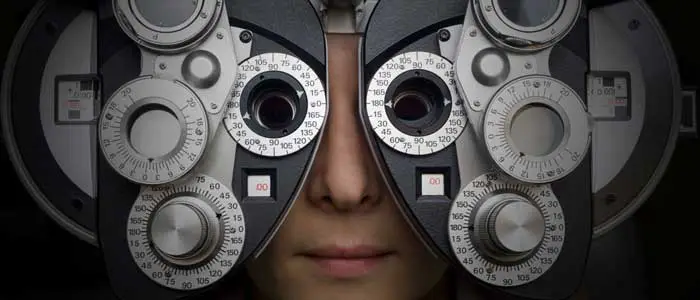
3. Optometrist Examination
Health Assessment & Disease Diagnosis
eye-deology Vision Care Edmonton optometrists perform a multitude of tests and assessments to evaluate ocular health, eye coordination, and visual acuity. In addition, they also evaluate the results of the tests and scans performed during pre-testing. As part of patient education, our optometrists also take the time to show and explain results to patients.
More About Doctor Exam »
4. Eye Glass Consult
Prescription | Lens Selection | Digital Fitting
If you require corrective lenses to improve your vision, our licensed opticians will customize their fit to your unique attributes, needs, lifestyle, and budget. Our opticians are happy to provide you with information about the latest eyeglass frame and lens technologies available so you can make informed decisions and begin seeing and looking your best.
More About Eyewear Consult »